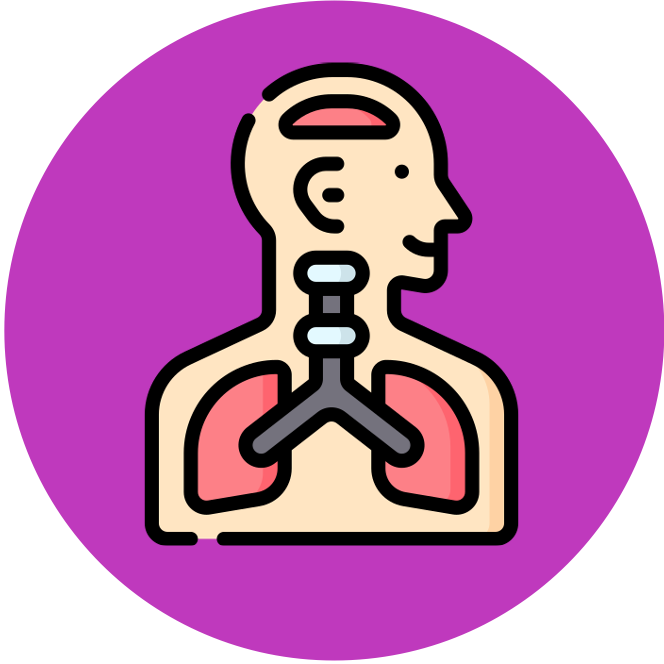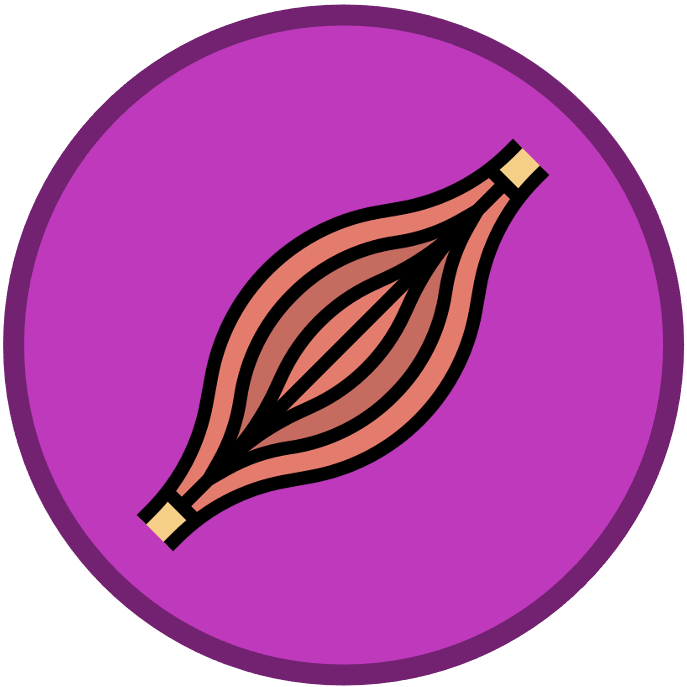

Movement
Movement is an essential function of life and all living organisms must possess adaptations to allow for movement
-
Organisms can display various levels of mobility and are broadly classed as being either sessile or motile
Sessile organisms are permanently attached to a surface and lack the capacity to move independently
-
Examples of sessile organisms include some prokaryotes (e.g. biofilms), certain animals (e.g. sponges), most fungi and all plants
Motile organisms have the ability to move independently, using their own metabolic energy
-
Examples of motile organisms include some prokaryotes (e.g. E. Coli), most protists (e.g. amoeba) and the majority of animals
Motile organisms have higher metabolic rates and increased nutritional requirements, while sessile organisms are more susceptible to predation
Movement Adaptations

Sessile

Motile
Locomotion
Locomotion describes the movement of a motile organism from one location to another
-
Motile organisms have many different reasons for locomotion and may possess specific adaptations to suit these purposes
Reasons for locomotion may include:
-
Foraging for food – Worker bees spend a significant portion of their adult lives foraging for the hive
-
Avoiding danger – Squid expel water from the mantle cavity to achieve a jet propulsive escape from predators
-
Searching for mates – Salmon may swim from the ocean to freshwater rivers in order to reproduce
-
Travel / migration – Many species of birds will migrate long distances each year in response to the seasons
Reasons for Locomotion

Foraging

Avoidance

Searching

Travelling
Swimming
Swimming is a form of locomotion employed by marine mammals that involves the propulsion through water using limbs
-
Marine mammals have evolved from terrestrial ancestors and so possess specific adaptations to support swimming
Examples of adaptations for swimming include:
-
Flippers – Front limbs have adapted to form broad, flattened flippers that support manoeuverability underwater
-
Airways – Dorsal blowholes that can be sealed allow for periodic breathing between dives
-
Streamlining – Streamlined body shapes encounter less resistance when moving through viscous fluids (water)
-
Tail / fluke – Fluke tails are adapted for up and down movement which enhances propulsion underwater
Swimming Adaptations







